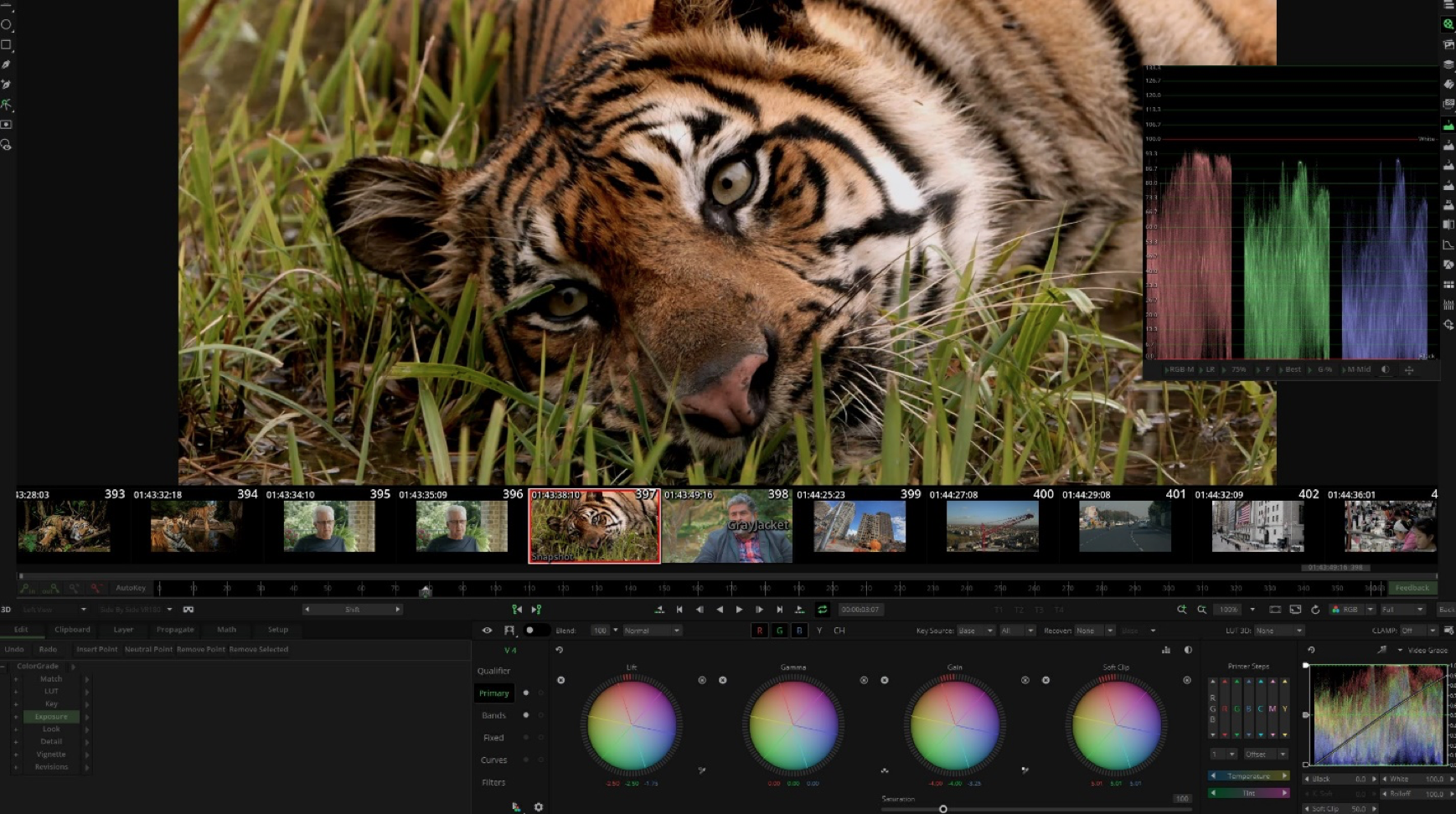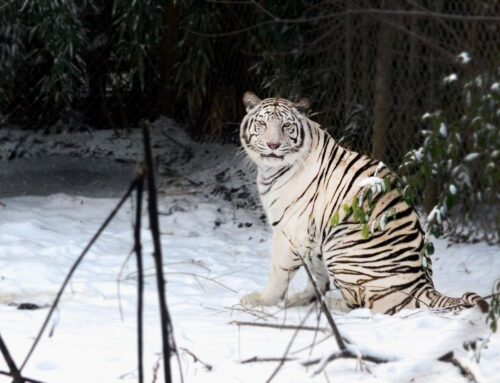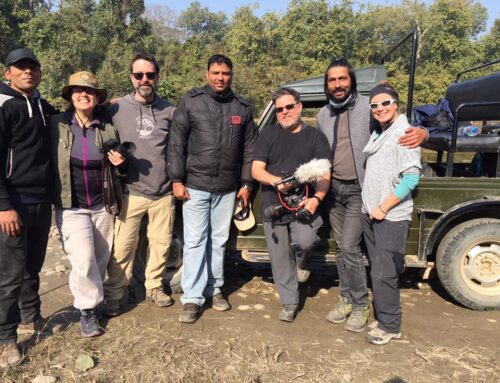Postproduction on The Hidden Tiger
By Jan Klier
I had the pleasure of working with Michael Samtesto on numerous occasions over the years. During lunch he mentioned his travels and work on Hidden Tiger. Several months later, after the edit was locked Michael asked me to come on board to polish the color of the film. Which was my pleasure.
Of course, this all was at the beginning of the pandemic and everyone was locked down in their respective homes – Michael in Knoxville and me just outside of New York City. As luck would have it, Michael had edited the film in Avid, which made it very simple to hand-over. I asked him to mail me a drive with a copy of the Avid project and a reference render. I would take it from there.
The Grading Challenges
There were three main areas that needed work – as with any documentary film, it is cut from a wide variety of footage from many different cameras, some historical footage, some stock images. To turn this into a cohesive image quite a bit of work goes into evening things out, matching tone and color so that the viewer does not get thrown out of the story as the film cuts from one set of footage to another.
The second is to restore memory colors. The film features specific animals and landscapes that needed to be brought back into how people remember them. It must look authentic. A good amount of time went into making sure the tigers had the right hue and that forests depicted in the footage is how Michael remembered them from when he filmed on locations. That does require some back and forth, as I had to find out what that look was. Not every forest is alike.
Lastly every film has it set of shot where the light changed and the crew was chasing the last daylight, or the settings were just not camera friendly. These situations can all be addressed to large degree in the color grading process. In documentaries there is often some footage that was taken in the moment on consumer level video cameras that don’t deal so well with changing conditions, and it takes some effort to make it play better.
Color correction workflow
My color workflow is built around Mistika by SGO. A premiere finishing application with a strong niche following in the industry. It provides a well-rounded toolset for working on the shots, from a five-band tone / color operator, a powerful fixed vector operator that allows precise hue and saturation shifts, a high quality HSL keyer and more. I conformed the project from Avid to Mistika via an AAF export and then delivered Michael with a new ProRes render for him to re-insert into the project on his end on top of the existing edit and below the titles.
As this was all done remotely during the early days of the pandemic, we utilized some existing workflows such as review and notes on Frame.IO and a few sessions where I streamed my reference monitor so Michael could watch in real-time as we were doing color adjustments.
Since then, the tools to do this have come along even further. So much of the postproduction workflow has been adapted and many industry insiders expect remote postproduction to become the norm.
Visual Effects
In addition to color grading, other tasks to polish the final picture also happened. There were numerous shots which needed a good amount of noise reduction, which was done via the Neat Video toolkit. Several shots that were filmed from moving vehicles or hand-held needed stabilization. And inevitably most films have shots that have distracting elements in the picture. In a documentary judgement must weigh in what can and cannot be cleaned up. We did work on several interview shots which had prominent fly away hair strands. Those were removed with the help of Mocha Pro’s remove module.
All these steps I do as a post finishing artist help take a well shot and superbly edited film and give it that final polish so the audience can immersive itself in the story without technical distractions.
It was a true pleasure to work for Michael on this film and help tell an important story about these majestic animals.
Jan Klier
Post Finishing Artist





Leave A Comment